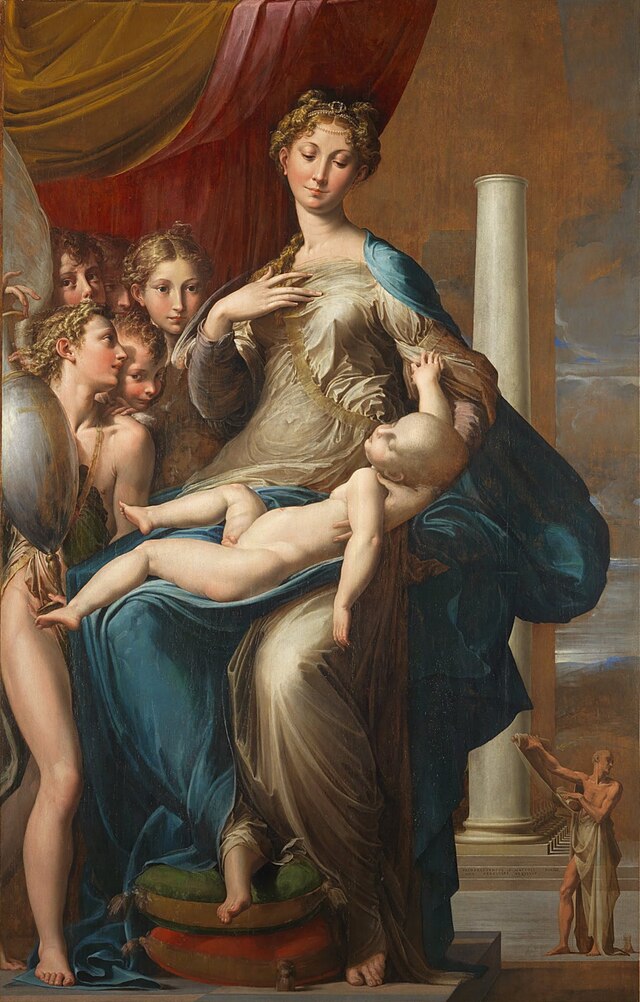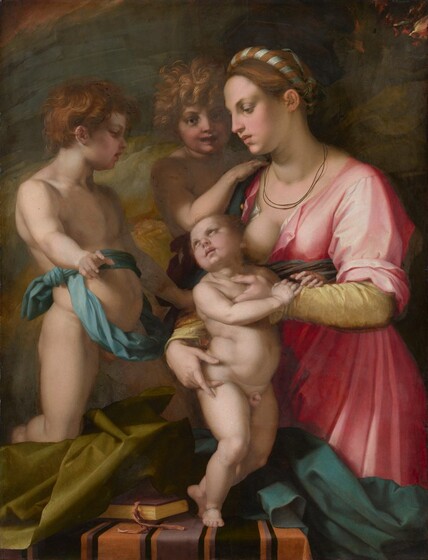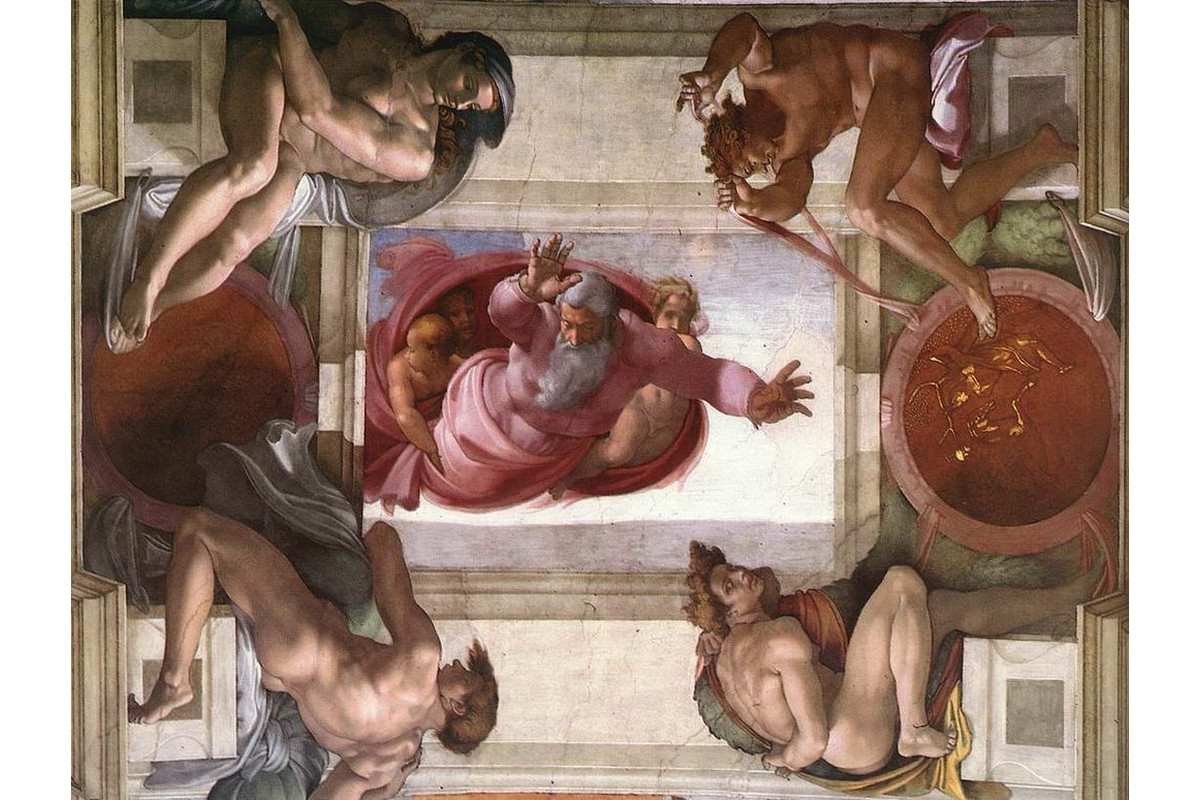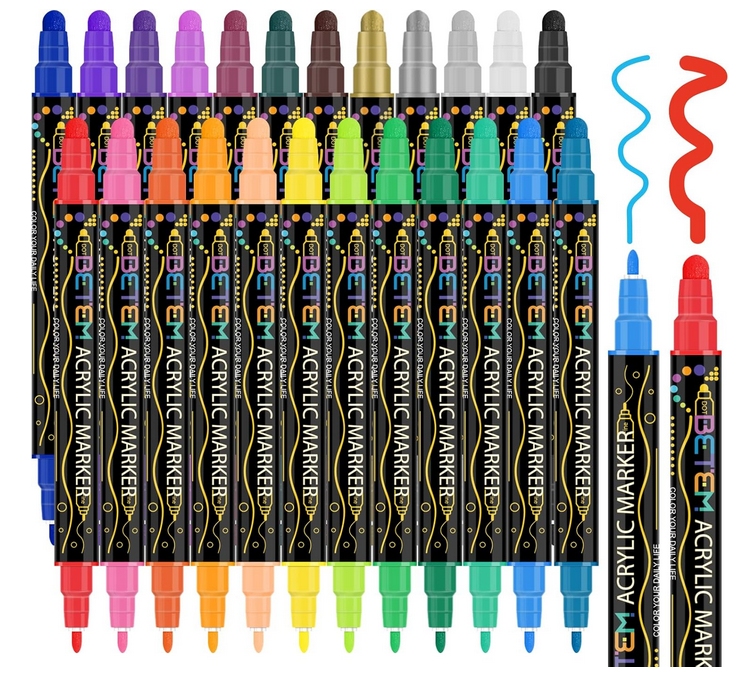- Home
- Art History
- Mannerism
Mannerism
Mannerism begins ...
Disquiet in the High Renaissance appeared at the beginning of the 1500s in the work of some young painters in Florence. There was what amounted to a revolt against the classical balance of the High Renaissance; a profoundly disquieting, willful, visionary style that indicates a deep-seated inner anxiety. At this stage of art development, between 1510 and 1520 in Italy, artists increasingly prized originality above all. From the 1520s, the emerging new style of painting attempted to push forward the achievements of High Renaissance art, but often upsetting its harmony for the sake of effect and virtuosity.
Thus, Mannerism emerged in the Italian cities of Florence and Rome, around 1520, (and during the latter years of the Italian High Renaissance); Mannerists created distortions and asymmetrical composition, especially elongations that evoked a sense of tension. While the movement was short-lived, its influence beyond Italy to northern Europe was partly due to its introduction at various royal courts. The King of France, Francis I, and Emperor Rudolf II in Prague both invited Italian artists to their courts. Artists from the Netherlands also adopted Mannerist styles.
Distortion
and Asymmetry

Mannerism moved away from the naturalism of the Renaissance, especially from the harmonious styles of artists such as Raphael and Andrea del Sarto, with their emphasis on balance and ideal beauty. Mannerist paintings and sculpture often included the figura serpentinata or “serpentine figure”: bodies twisted into fluid S-shapes. Mannerists were inspired by Michelangelo and the awe-inspiring grandeur of his work, and copied his paintings in the Sistine Chapel, especially The Last Judgment (1536-1541). The movement flourished first in Rome and then in Florence, Parma, Mantua, and other Italian cities, before spreading beyond Italy, across the rest of Europe and lasted until approximately the end of the 16th century, when it was eclipsed by the Baroque style. During the Mannerist period, patrons encouraged artists to compete with each other for Commissions, so original art gained notice. This resulted in new approaches, with more stylized poses and altered proportions.
Charity by Andrea del Sarto

Characteristics
Mannerism was expressive and exaggerated, featuring a variety of approaches, including artifice, imbalance and contrasting proportions, often set against artificial backgrounds.
|
|
The figures crowd the composition., pushing into the front plane., almost completely blotting out the setting. The figure masses are disposed around the frame of the picture, leaving a void in the center, where the High Renaissance artists had concentrated their masses. The composition has no focal point, and the figures swing around the painting without coming to rest. The representation of space is as strange as the representation of the figures. Mannerist space is ambiguous; the viewer is never quite sure where it is going or just where the figures are in it. We do not know how far back the the depicted space extends.
|
Mannerism comes from the Italian … di
maniera which meant a work of art done according to an acquired style
rather than depicting nature.
Figures writhe and twist in unnecessary contrapposto. Bodies are distorted – generally elongated but sometimes grossly muscular. Colors are lurid, heightening the impression of tension, movement, and unreal lighting. |
Dividing Water from Heaven by Michelangelo  |
|
Between the High Renaissance and the Baroque periods Michelangelo and Raphael were lionized such that kings begged for their artwork. By then, the problems of rendering reality in two dimensions- that is perspective – had been solved and art reached a peak of perfection and harmony. The artist’s next step was to innovate by replacing harmony with disharmony and rationality with excesses of emotion. They strained for novelty and exaggerated the qualities considered beautiful. |
Elegance was one of the main aims of Mannerism, with graceful, elongated forms. Mannerism had its rules that still permitted the artist the free play of his powers of invention. Thus, each artist has his own recognizable signature. Mannerists were fond of learned and intricate allegories.
Mannerism became a bad name when it became obsessive and when the art began to overwhelm or obscure what was being represented: the Council of Trent, with new rules for religious art, reacted against the excesses of Mannerism.
Okay, so now I've put on some ads from Amazon - from which I may earn a few cents. (2025)



